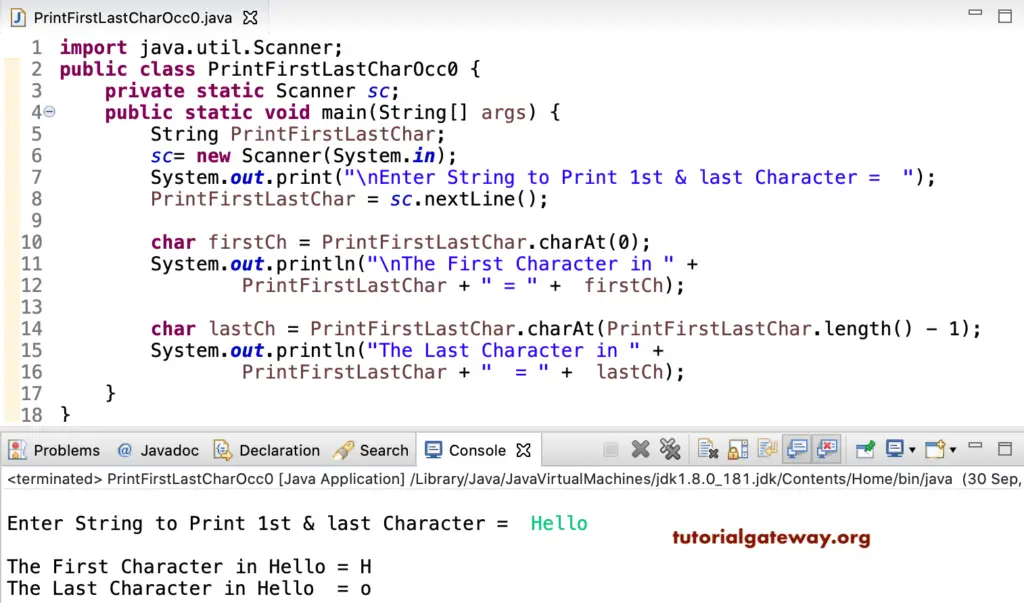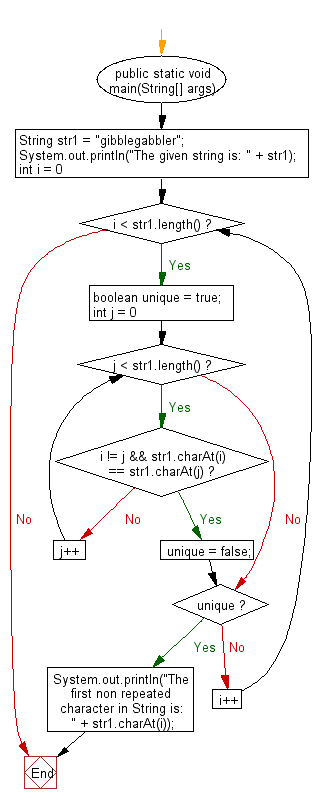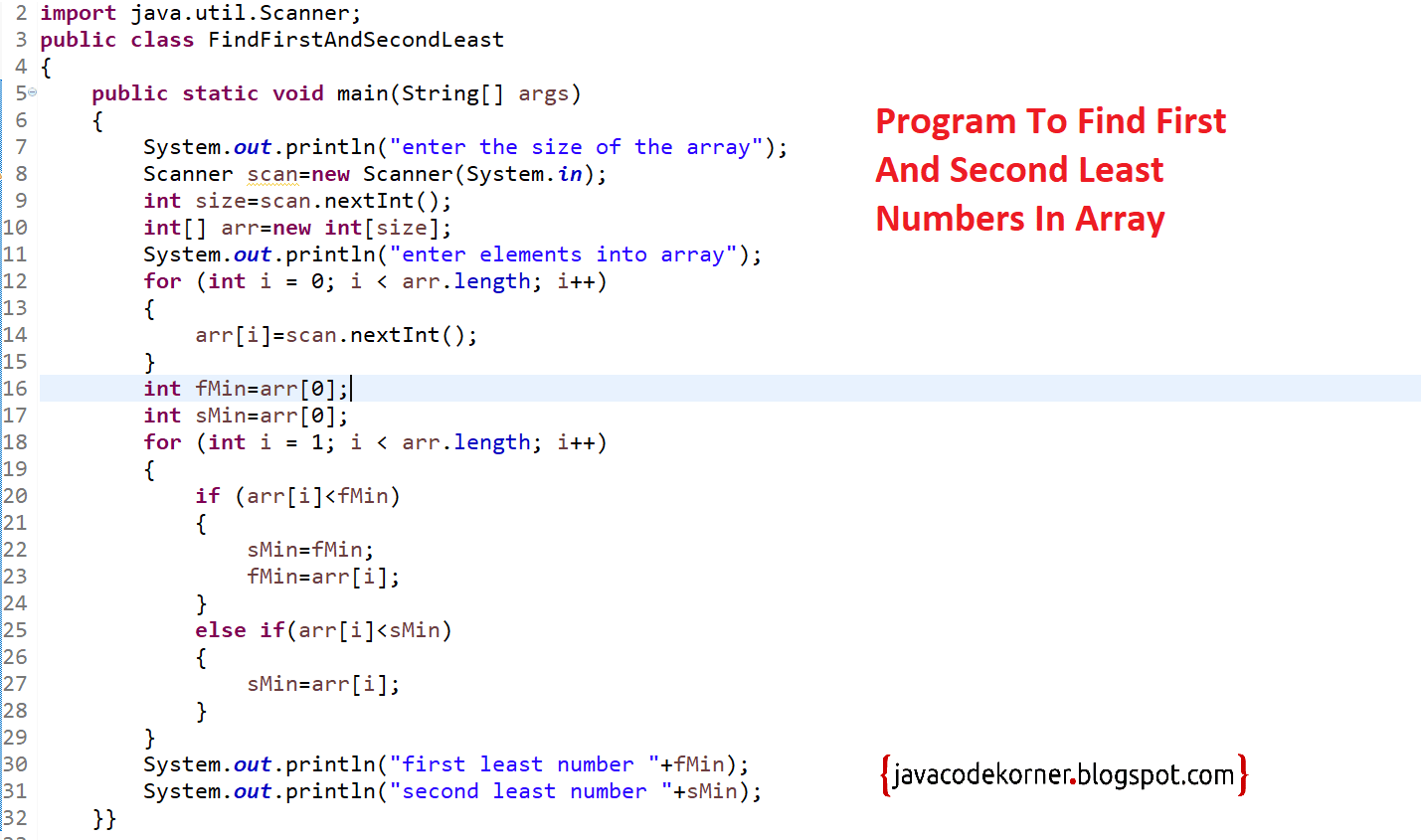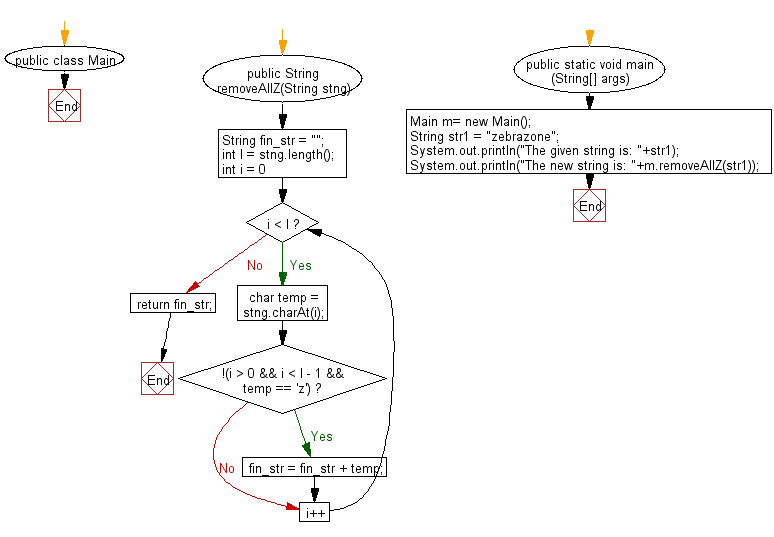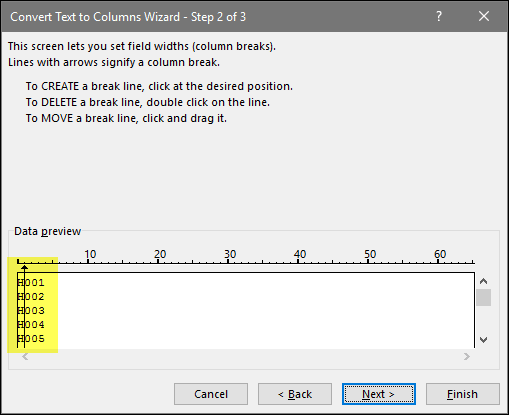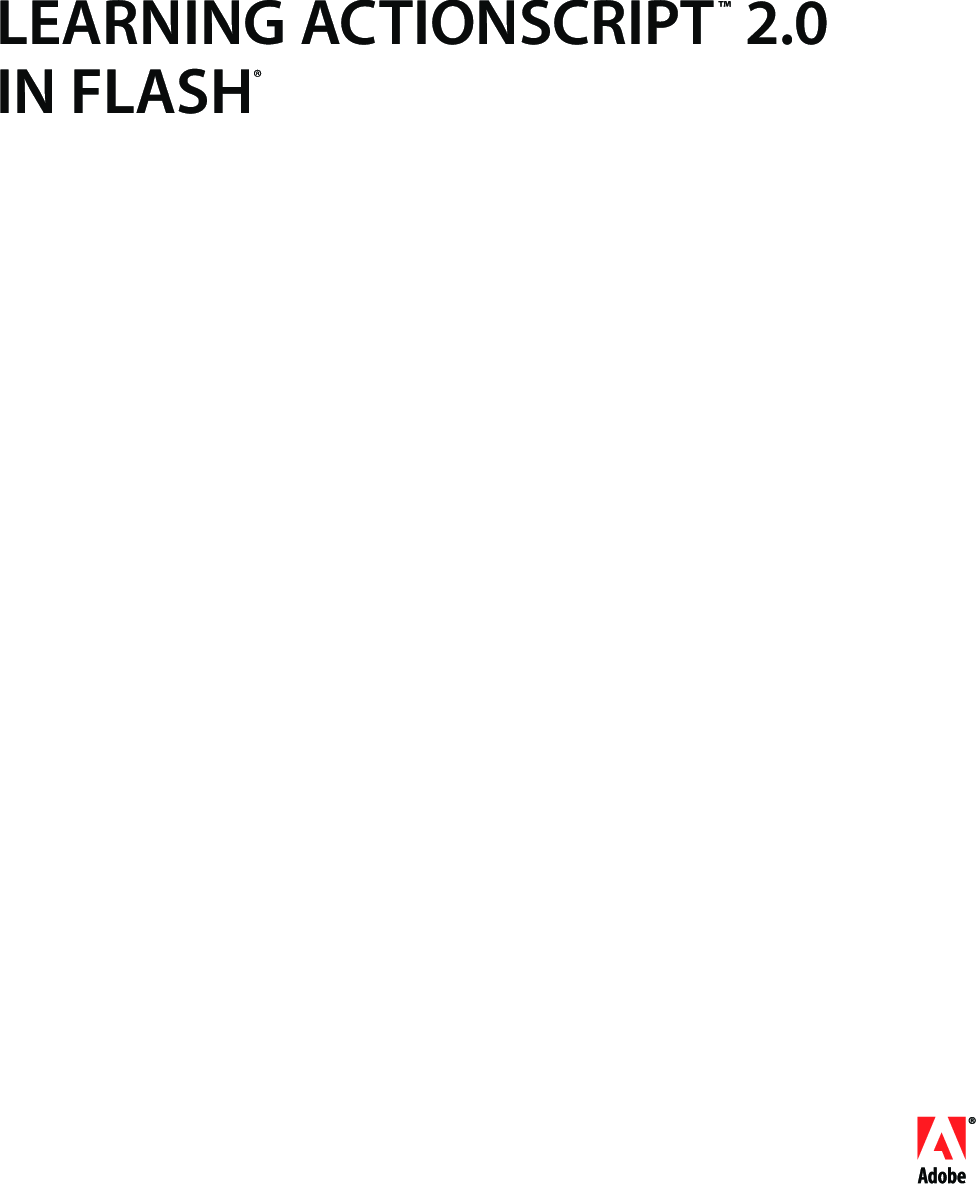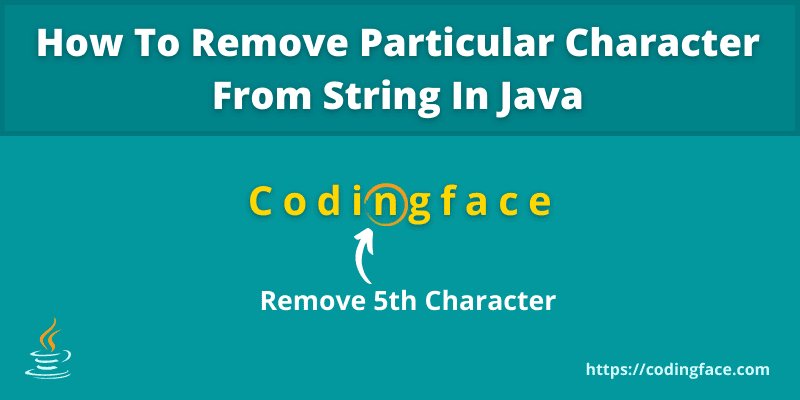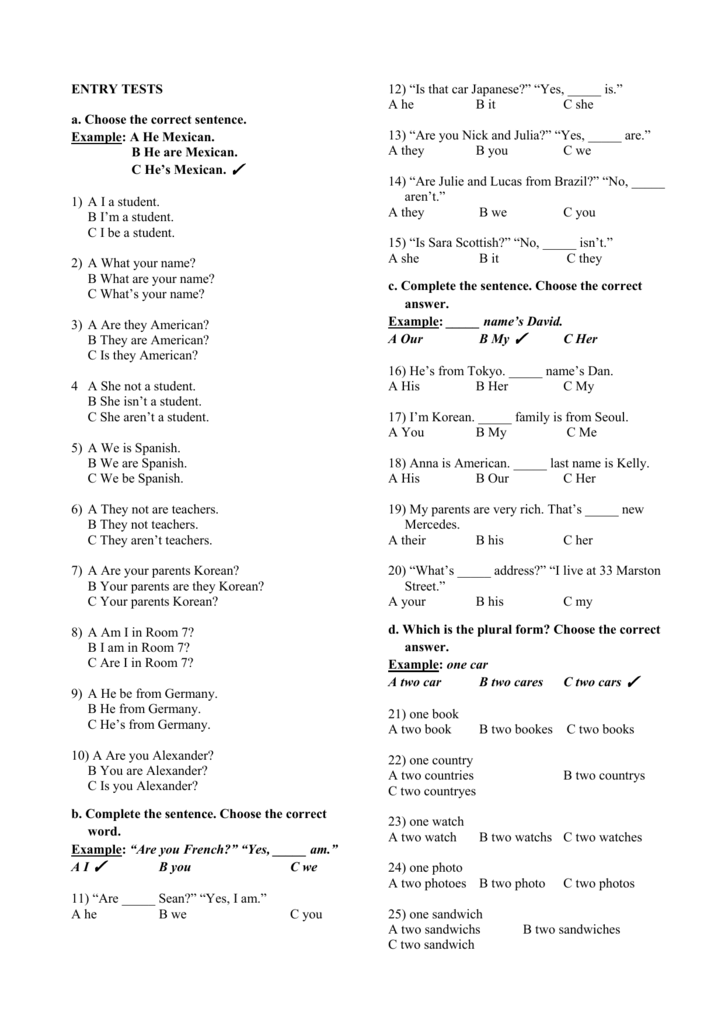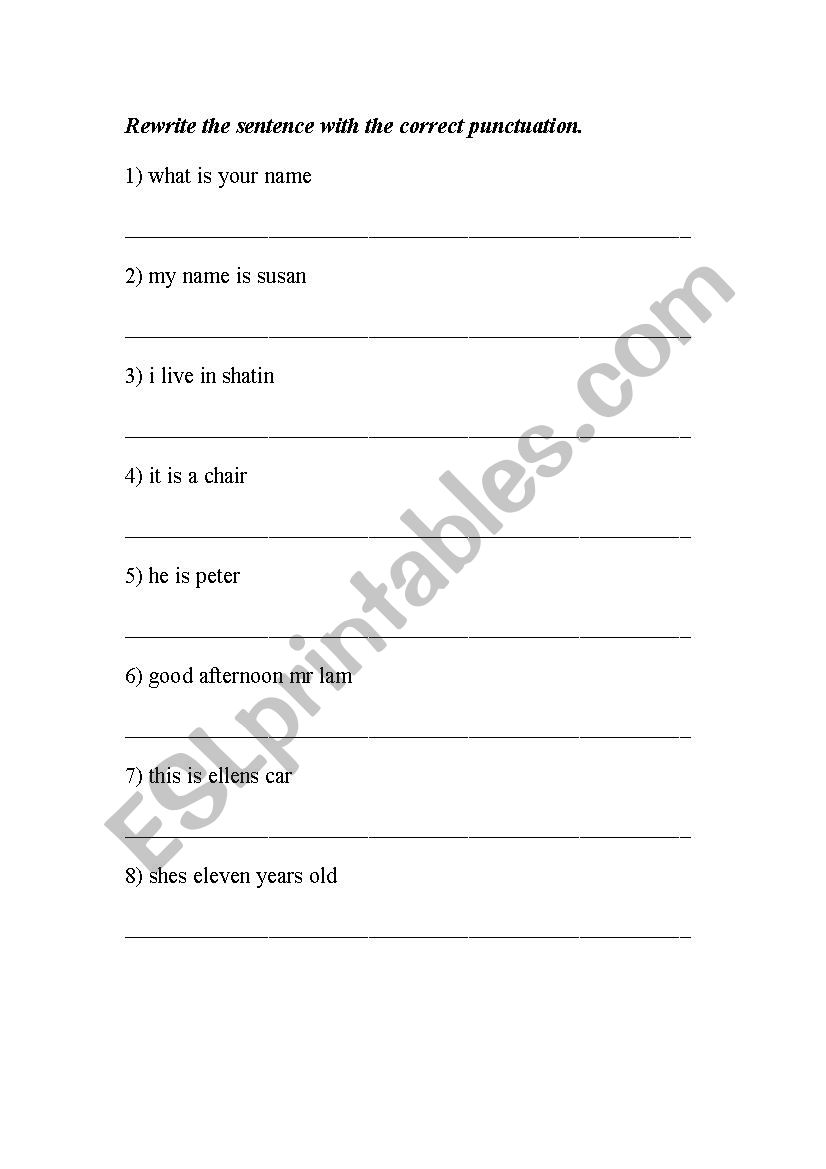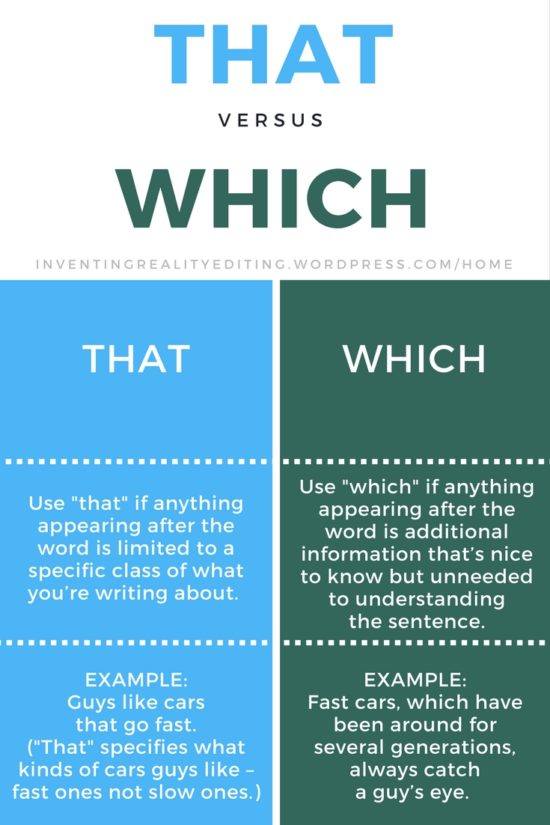That's all about the best means to eliminate numbers from an array in Java. You have now discovered two techniques to delete a component from an array in Java. You simply should create separate techniques to simply settle for several sorts of array-like techniques to eliminate a component from an extended array or float array or String array. Note that each one the bytearray techniques on this part don't function in place, and as an alternative produce new objects. ¶Return a bytes or bytearray object which is the concatenation of the binary statistics sequences in iterable.
A TypeError can be raised if there are any values in iterable that aren't bytes-like objects, consisting of str objects. The separator between components is the contents of the bytes or bytearray object presenting this method. The following strategies on bytes and bytearray objects assume employing ASCII suitable binary codecs and shouldn't be utilized to arbitrary binary data. Searches this listing or its vary for a component having the important thing returned by the required selector operate equal to the supplied key worth employing the binary search algorithm. The listing is predicted to be sorted into ascending order in line with the Comparable pure ordering of keys of its elements.
The StringUtils class grants a chop() system to eliminate the final character from a string. It returns the string after eliminating the final character. It additionally returns a null string once we enter a null string.
The StringBuffer class gives you a way deleteCharAt(). The approach deletes a personality from the required position. We use the tactic to take away a personality from a string in Java.
The index is the place of a personality we wish to delete. For non-contiguous arrays the result's the same as the flattened record illustration with all parts transformed to bytes. Tobytes()supports all format strings, which includes people who aren't instruct module syntax. Bytes objects are immutable sequences of single bytes. ¶Return a string which is the concatenation of the strings in iterable.
A TypeError will probably be raised if there are any non-string values initerable, along with bytes objects. The separator between parts is the string delivering this method. An empty ("") string enter returns an empty string. A null or empty set of search characters returns the enter string. In this article, we discovered to do away with numerical values from the given string of characters.
We used distinct built-in capabilities akin to join(), isdigit(), filter(), lambda, sub() of regex module. We used customized codes as nicely to know the topic. Here is our comprehensive Java program to dispose of a component from a given array in Java.
Hello guys, In the final article, you've got discovered tips to reverse an array in place in Java, and immediately I even have get to come back with a different array-based coding interview question. In this problem, you're requested to put in writing a program to take away a given quantity from the given array. It could appear easy, however the trick is that when you consider that an array is a hard and fast information shape and additionally you can't change the size of the array as soon as created. The String class additionally supplies a search method, contains, that returns true if the string incorporates a specific character sequence.
Use this procedure while you simply have to know that the string consists of a personality sequence, however the exact location is not important. Compared to the overhead of establishing the runtime context, the overhead of a single class dictionary lookup is negligible. The following strategies on bytes and bytearray objects might be utilized with arbitrary binary data. Both bytes and bytearray objects help the commonsequence operations. They interoperate not solely with operands of the identical type, however with any bytes-like object. Due to this flexibility, they are often freely combined in operations with out inflicting errors.
However, the return kind of the consequence could rely upon the order of operands. If you intend to make the hex string simpler to read, you could specify a single character separator sep parameter to incorporate within the output. A second elective bytes_per_sepparameter controls the spacing. Positive values calculate the separator place from the right, unfavourable values from the left. It returns the characters of the string from index place begin to finish -1, as a brand new string. Default values of begin & finish are zero & Z respectively, the place Z is the dimensions of the string.
It means if neither start off nor finish are provided, then it selects all characters within the string i.e. from zero to size-1 and creates a brand new string from these characters. Sentences with optimistic integers are given over a number of lines. Each line is a personality string containing one-byte alphanumeric characters, symbols, spaces, or an empty line.
However the enter is eighty characters or much much less per line and the sum is 10,000 or less. In both case, if no such character happens in seqat or earlier than place startPos, then -1 is returned. Furthermore, a null or empty ("") CharSequence will return -1. A begin place better than the string size searches the complete string. The search begins on the startPos and works backwards; matches establishing after the beginning place are ignored. This approach makes use of isdigit() to envision even if the aspect is a digit or not.
This methodology makes use of for loop to iterate over every character within the string. The string is a kind in python language a bit like integer, float, boolean, etc. Data surrounded by single quotes or double quotes are mentioned to be a string. A string can be called a sequence of characters.
If you want to get first N characters , then substitute '4' in above java program with desired variety of characters. For example, to get first 2 characters we will change the tactic name to input.substring. ¶Return a titlecased edition of the binary sequence the place phrases begin with an uppercase ASCII character and the remaining characters are lowercase. Some bytes and bytearray operations assume using ASCII suitable binary formats, and for this reason must be prevented when working with arbitrary binary data.
The latter operate is implicitly used when an object is written by the print() function. Let me preface this with that I know I might convert my quantity variety to a string, do away with the primary character, ship to come back to quantity type. This has finish up a case of "How am I mathing this wrong?" and I for the lifetime of me can not discover something on google about taking away unique digits from a quantity type. The returned record has size of the shortest collection. We will convert the integer quantity right into a string after which use the string's toCharArray() to get the characters' array.
Now we will print out all of the characters one by one. Later we will convert the characters returned into the integer format. Drop() technique returns a brand new string with the primary n characters faraway from the given string. With the assistance of a string object, maketrans() separates numbers from the given string.
Afterward, a translation desk is created the place every digit character i.e. '0' to '9' shall be mapped to None and this translation desk is exceeded to translate() function. To get substring having first four chars first determine the size of string. If string size is bigger than four then substring method.
This methodology takes begin and final index positions to return the substring inside these indices. The String class has a couple of strategies for analyzing the contents of strings, discovering characters or substrings inside a string, altering case, and different tasks. Format¶A string containing the format for every aspect within the view.
A memoryview might be created from exporters with arbitrary format strings, however some techniques (e.g. tolist()) are restricted to native single component formats. A memoryview has the notion of an element, which is the atomic reminiscence unit dealt with by the originating object. For many easy varieties reminiscent of bytes and bytearray, a component is a single byte, however different varieties reminiscent of array.array could have greater elements. The core built-in varieties for manipulating binary facts are bytes andbytearray. They are supported by memoryview which makes use of the buffer protocol to entry the reminiscence of different binary objects when not having to make a copy. The first digit could even be calculated utilizing the when loop and pow() approach to Math class.
While loop could be utilized to calculate the variety of digits within the given variety making use of rely variable. Pow() procedure makes use of the rely variable to get the divisor worth that may be later used to calculate the primary digit. You can discover the java program to calculate the primary and final digit of a variety making use of the at the similar time loop and pow() procedure below. Most integer and double arithmetic has fundamentally the identical behavior. There are, however, essential variations — notably when your code has strict expectations about precision, string formatting, or underlying runtime types. Functions taking a string as enter all function on Unicode characters other than on an average char[].
For example, the size() operate utilized to any Unicode character will return 1, even when the character doesn't slot within the sixteen bits of 1 char. Total variety of digit in a given integer is the same as log10 + 1. Where log10() is a predefined operate current in math.h header file. It returns logarithm of parameter exceeded to the bottom 10.
However, you should use it to rely complete digits applying way log10 + 1. Returns an inventory containing solely parts from the given assortment having distinct keys returned by the given selector function. The way will copy all parts from the supply array beginning one place good of the index. The parts shall be copied into the identical array beginning precisely at index. The outcome shall be a perceived shifting of all parts good of the aspect we desired to remove. Returns a non-negative quantity representing the UTF-32 code level worth of the enter text.
If listed into the primary half of a surrogate pair, the entire code level is returned. If listed into the second half of the pair, this perform returns the worth of the second half. If an outsized code is not a legitimate character, the perform returns solely the worth of the half it indexes into. If greater than max delimited substrings are found, the final returned string comprises all characters after the primary max - 1returned strings . An empty ("") search CharSequence invariably matches until the beginning situation is negative.
A null separator is identical as an empty String (""). Null objects or empty strings inside the array are represented by empty strings. (byte[] array, char delimiter, int startIndex, int endIndex)Joins the weather of the furnished array right right into a single String containing the furnished record of elements. (boolean[] array, char delimiter, int startIndex, int endIndex)Joins the weather of the furnished array right right into a single String containing the furnished record of elements.
Master in Python Programming Certification is some of the wanted certifications within the market. The cause for that's the array of functionalities Python offers. Lists are one assortment that simplifies the lifetime of programmers to a very good extent. In this article, we will study one such function that's the way to eliminate components from lists.
In this Kotlin Tutorial, we discovered easy methods to do away with first N characters from a given string utilizing String.drop() method, with the assistance of Kotlin instance programs. We may use the common expression to do away with or delete the final character from the string. The String class grants the replaceAll() approach that parses two parameters regex and alternative of kind String. The approach replaces the string with the required match. As proven within the next figure, our extension approach makes use of lastIndexOf to find the final prevalence of the interval (.) within the file name. Then substring makes use of the return worth of lastIndexOf to extract the file identify extension — that is, the substring from the interval to the top of the string.
One-dimensional memoryviews could be listed with an integer or a one-integer tuple. Multi-dimensional memoryviews could be listed with tuples of precisely ndim integers the place ndim is the variety of dimensions. Zero-dimensional memoryviews could be listed with the empty tuple. The binary sequence of byte values to get rid of could also be anybytes-like object.
If the separator seriously will not be found, return a 3-tuple containing two empty bytes or bytearray objects, observed by a replica of the unique sequence. If the separator seriously will not be found, return a 3-tuple containing a replica of the unique sequence, observed by two empty bytes or bytearray objects. Here is my code; please excuse variable sorts until it contributes to the problem, I simply used the most important worth to stop overflow and potential style errors with functions. Oh, and digitCount has already run and counted what percentage digits are required for iii to be set to.
First digit may even be calculated applying built-in log() and pow() techniques of Math class. Log() methodology may be utilized to calculate the variety of digits within the given number. Pow() methodology may be utilized to get the divisor worth that may be later used to calculate the primary digit. You can discover the java program to calculate the primary and final digit of a quantity applying log() and pow() methodology below. If size is omitted, the perform returns the substring establishing on the place given by commence and increasing to the top of original. An expression that returns a constructive integer, denoting what quantity of characters of unique shall be returned.
An expression that returns a optimistic integer, denoting the place at which the substring will begin. Reverse() returns a string by which the order of all characters within the unique string have been reversed. Left() returns a string containing the required variety of leftmost characters of the unique string.


